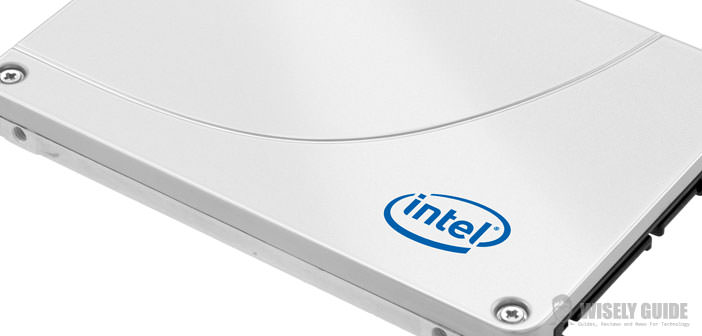Intel updates its range of SSD for the enterprise sector by presenting the series DC S3610 and DC S3710, where the first is an upgrade, while the second is all new. Let’s see what are the characteristics. In the world of storage, you can easily see the simultaneous presence in the lists of traditional models to turntables and Solid-State Drive, in order to satisfy every need. Reducing the talk to a minimum, a traditional disk offers plenty of capacities in relation to expenditure, while SSDs have performance far superior but the numbers are growing, and many more, as you go up with the GB. SSDs are also vastly more impact resistant, because they have no moving parts inside them.
In large datacenters what you use? The answer is very complex because it can alternate needs of large amounts of TB (traditional hard disk) to other benefits as well (SSD). It is no coincidence that SSD manufacturers have to list some series intended to market their enterprise and data center, built with large safety standards. Intel these days has renewed its range presenting series DC S3610 and DC S3710 that we will briefly describe.
Both series utilize a controller Intel second generation credited with an operating frequency greater than the previous, which were operating at 400 MHz, as they are nominally the same chips used, new 128 Gbit 20nm HET (High Endurance Technology) MLC, namely those that the rest of the world calls EMLC-level technology. The previous generation chips instead exploited 64 Gbit 25nm HET MLC. Not forgetting the AES-256 encryption and technologies to prevent accidental data loss.
The performance is typical of the units SATA 6 Gbps: for all units, reading speed is around 550 MB per second, while for writing and is between 300 MB/s of fewer capacious models until you get to the more than 500 MB/s of the most capacious. So far so normal and what changes?
The most valuable of the two series, the DC S3710, is sold in denominations of 200 GB, 400 GB, 800 GB and 1.2 TB, while the DC S3610 is more crowded with models, relying on drives 200 GB, 400 GB, 480 GB, 800 GB, 1.2 TB and 1.6 TB. The real difference is declared in the reliability of the two series, as the DC S3710 is credited with 10 entries total daily for 5 years, with the DC S3610 comes down to three scriptures complete.
How is it possible, since the components are identical? The answer is in the nominally mentioned earlier: the series DC S3710 exploits the memory chips of first choice, credited to an average life high, while the series DC2610 uses chip quality always high, but with a guarantee of durability slightly lower (probably 3 whole scriptures daily are cautionary). To close with the differences, the DC S3710 series leaves the factory with a percentage of capacity dedicated over blind provisioning very high, ranging from 30% to 40% depending on the model, while the DC S3610″ descends ” from 10% to 20% (for discs consumer is on average 7%).
We took advantage of this news to explain some differences between the consumer and the enterprise unit, since stopping only to data transfer rate could fall into the easy deception to believe an SSD like another, with unexplained spikes in price. In the professional sector are very important parameters of reliability for continuous use and data security, with standard far higher than the consumer unit.


